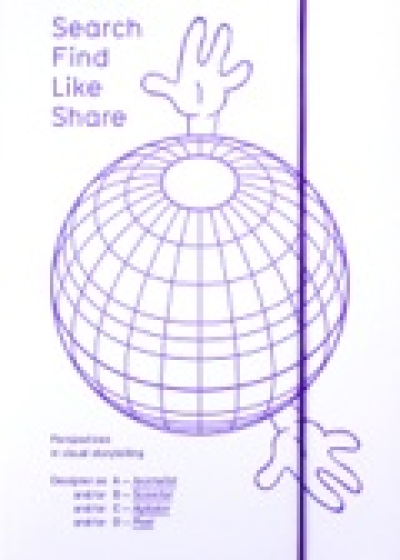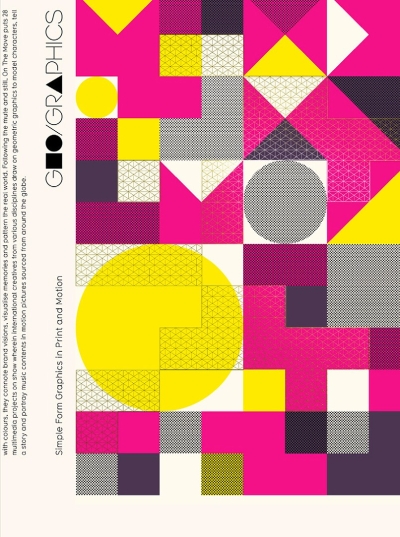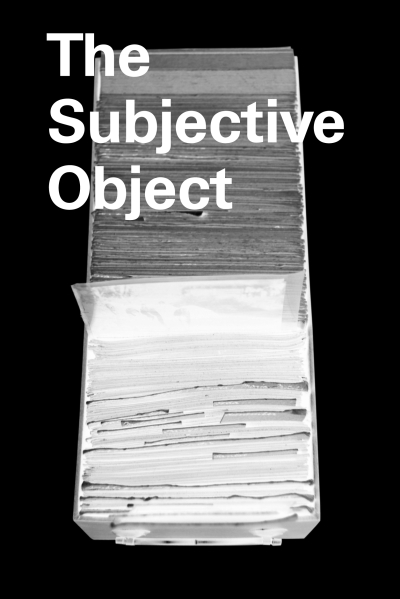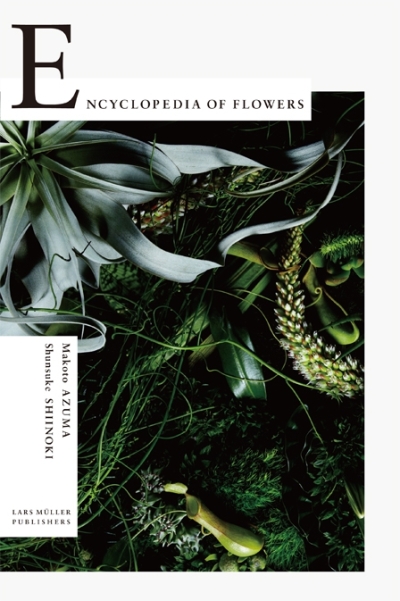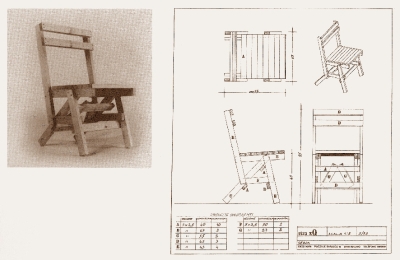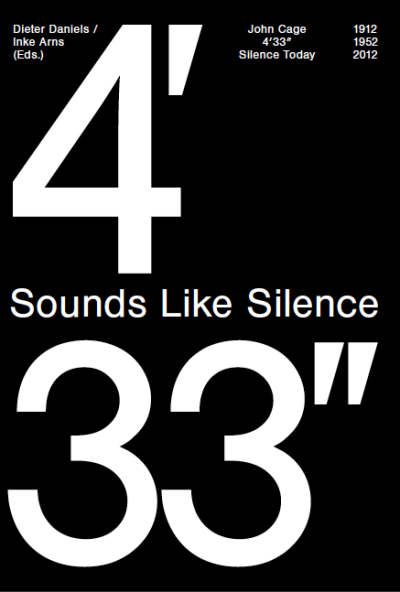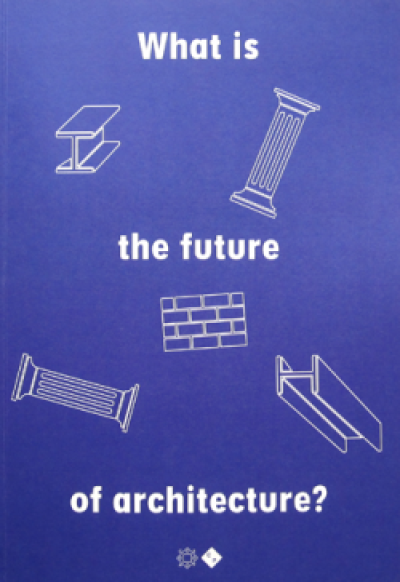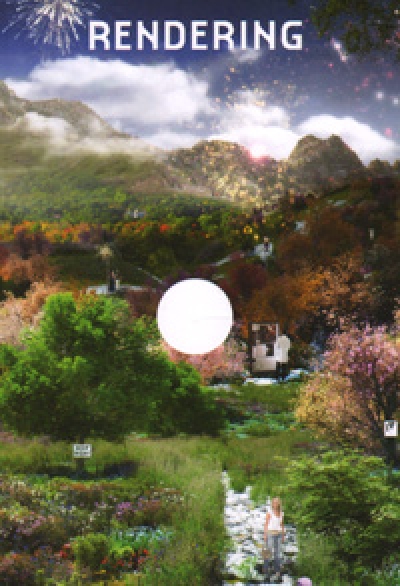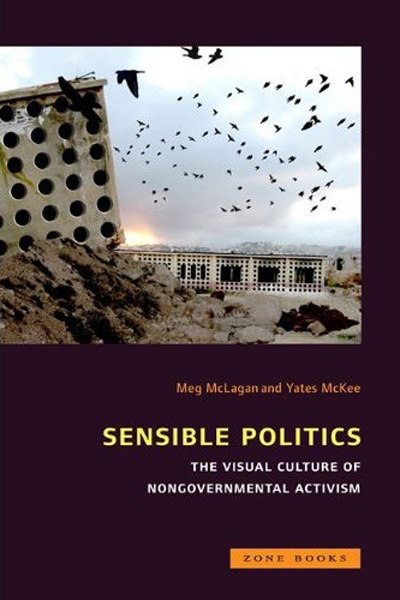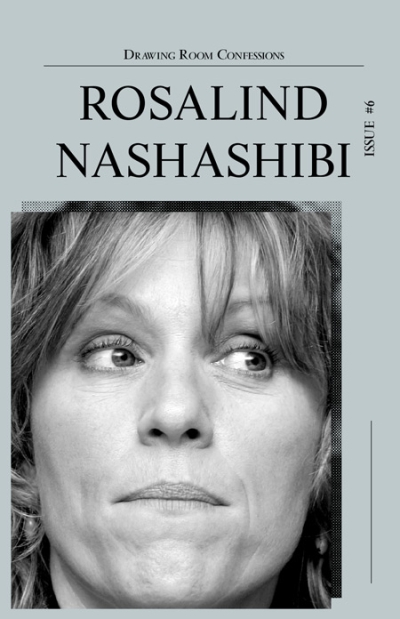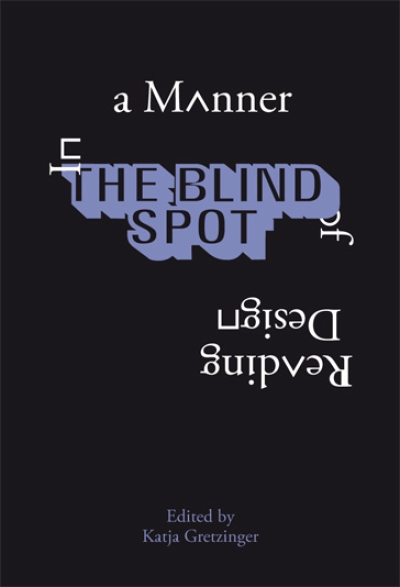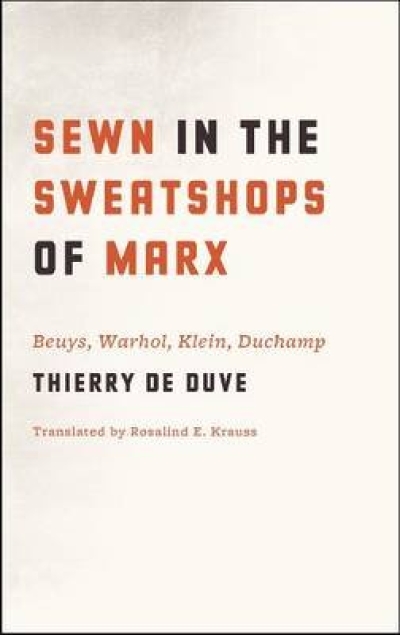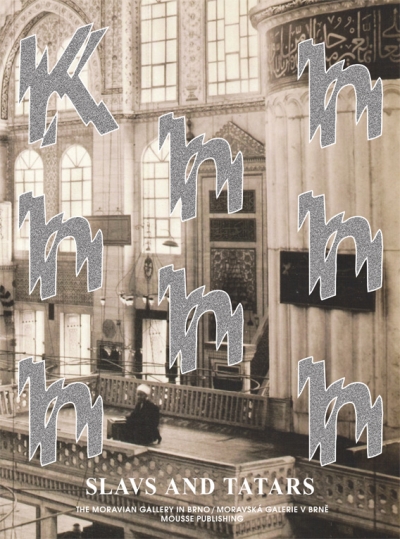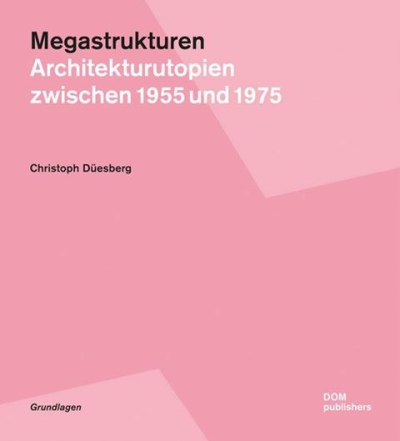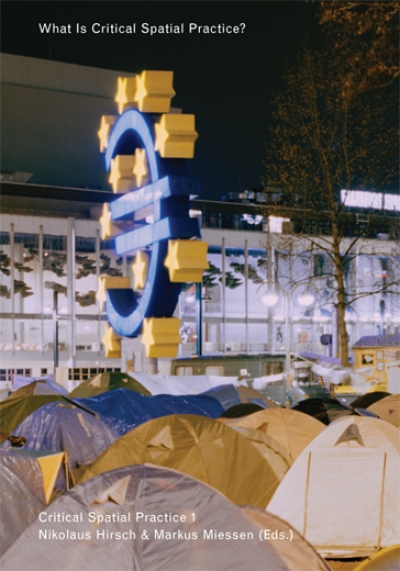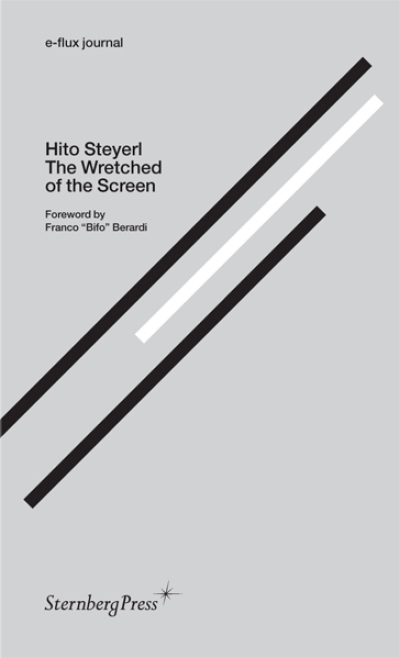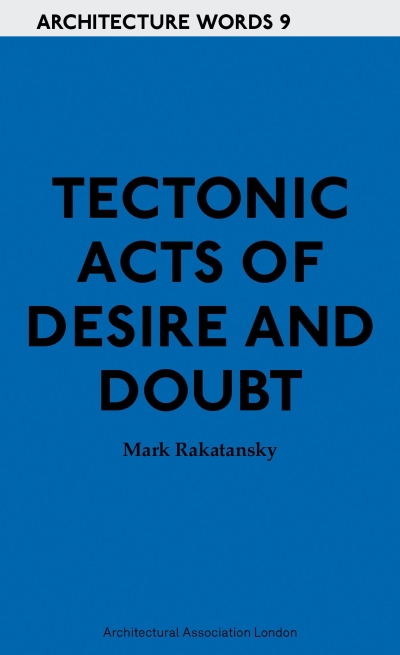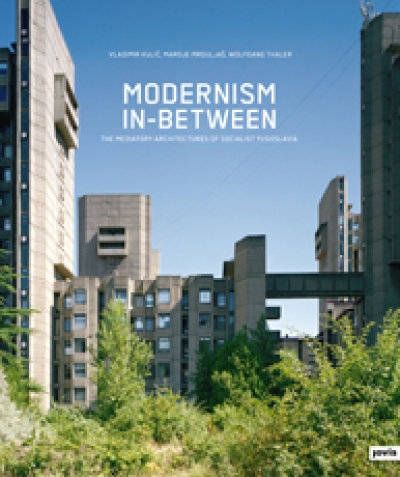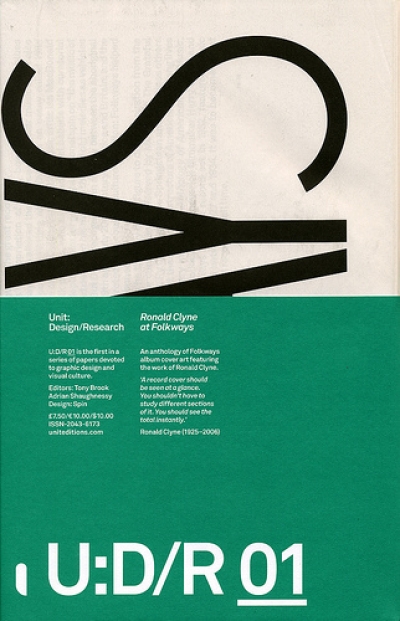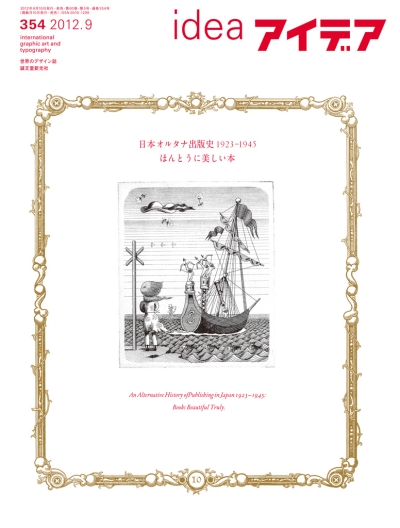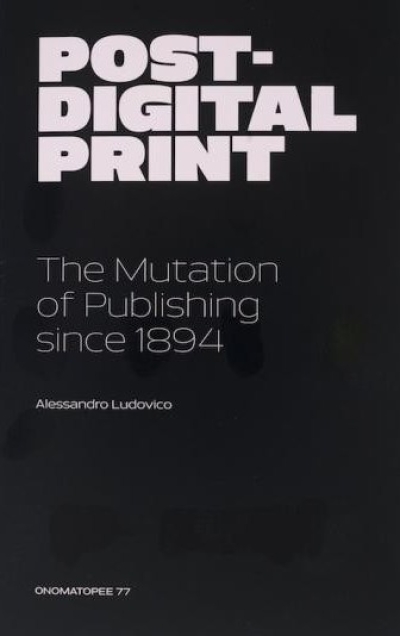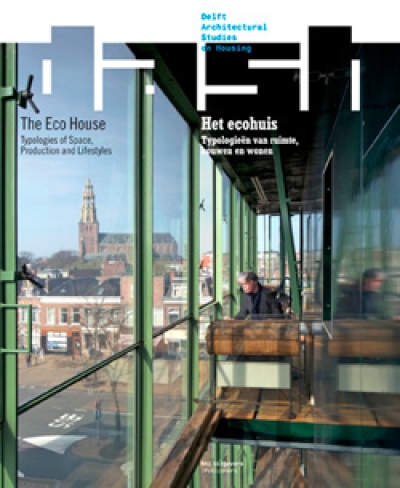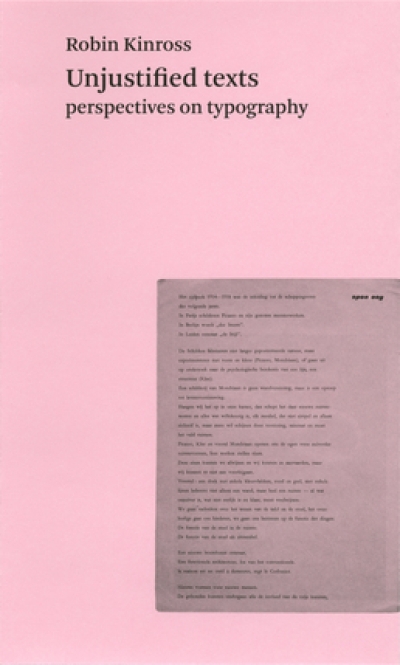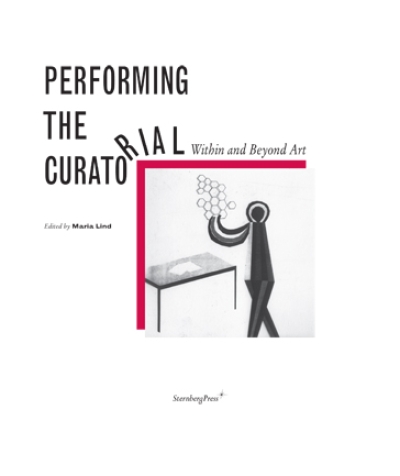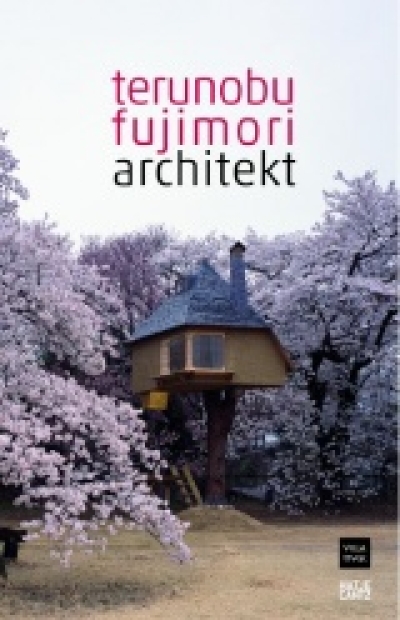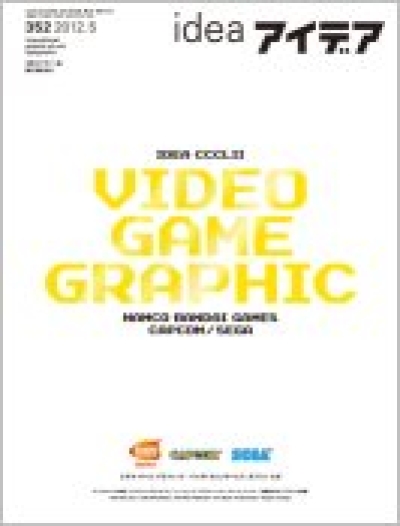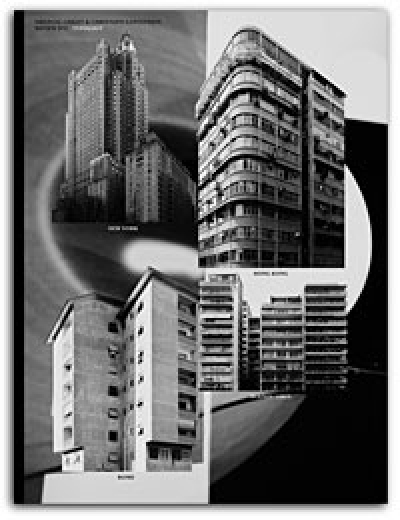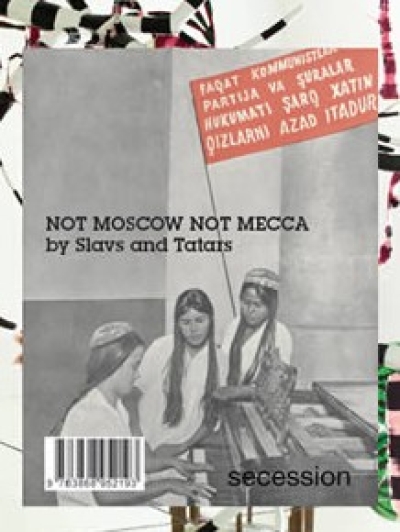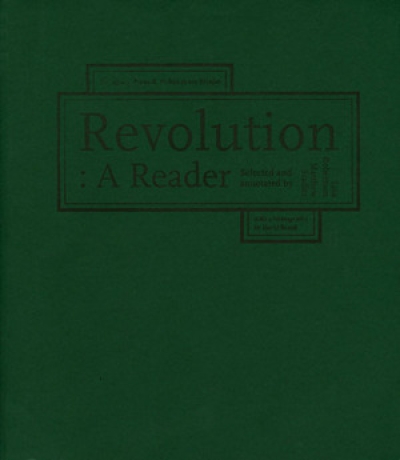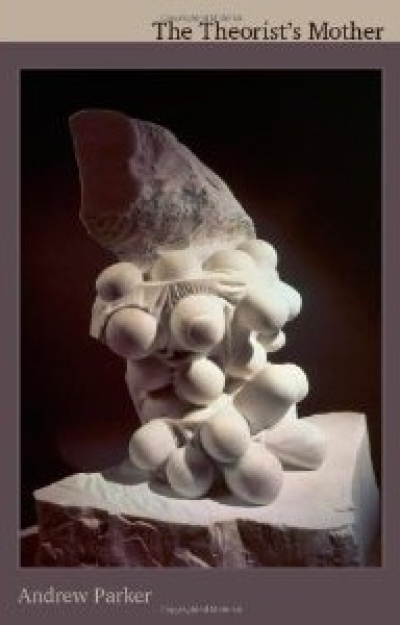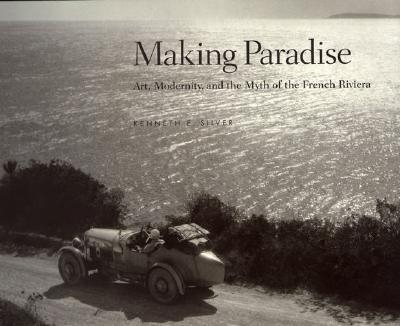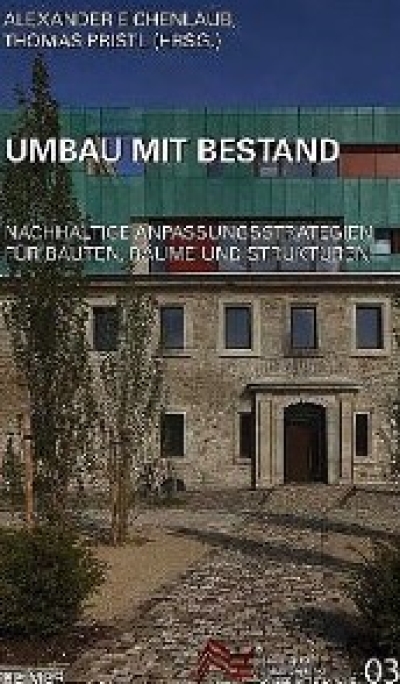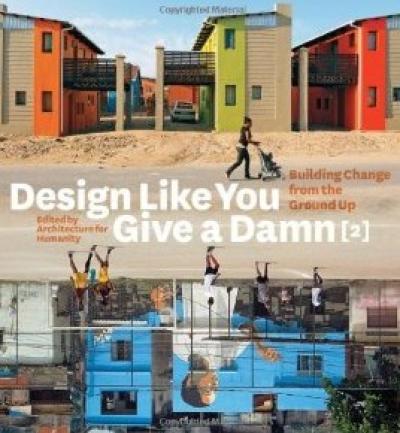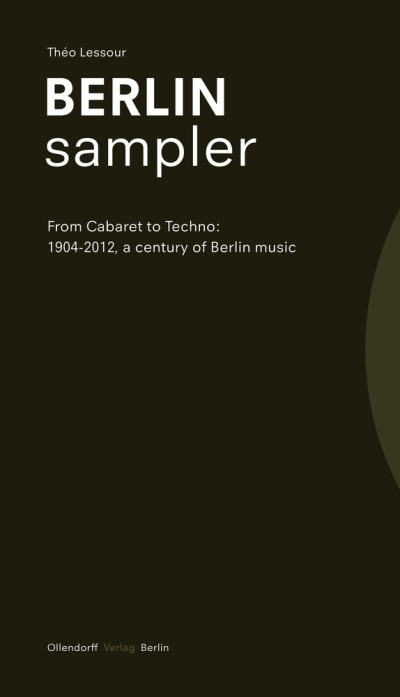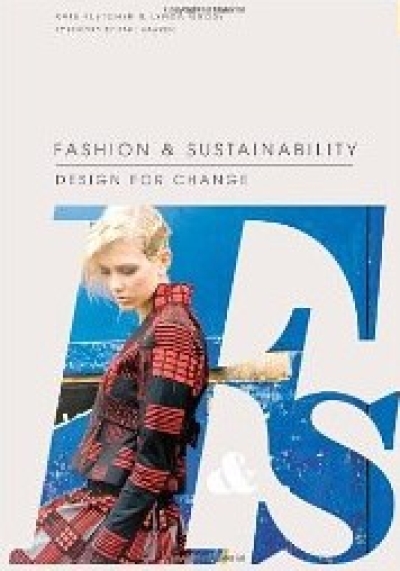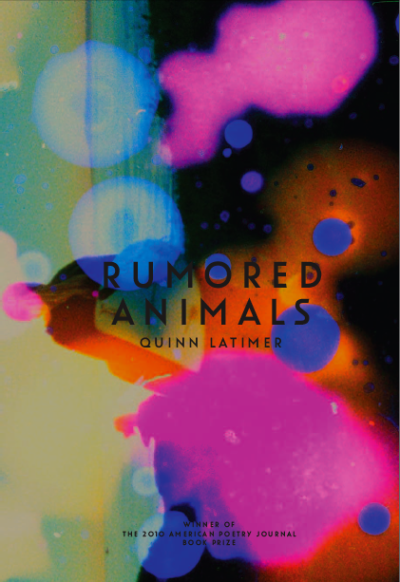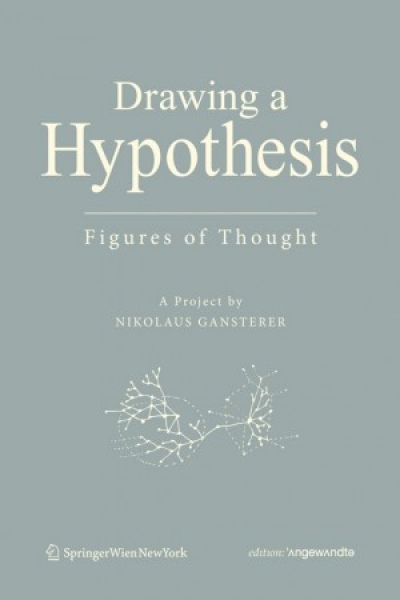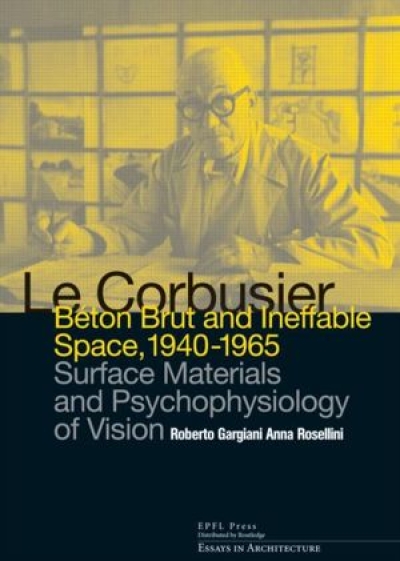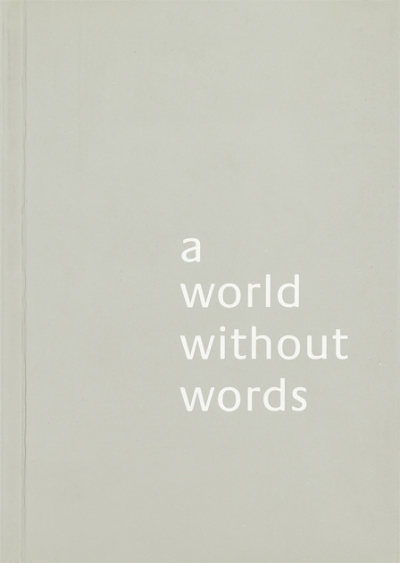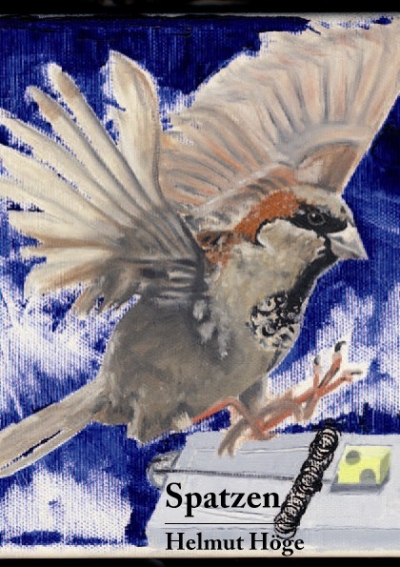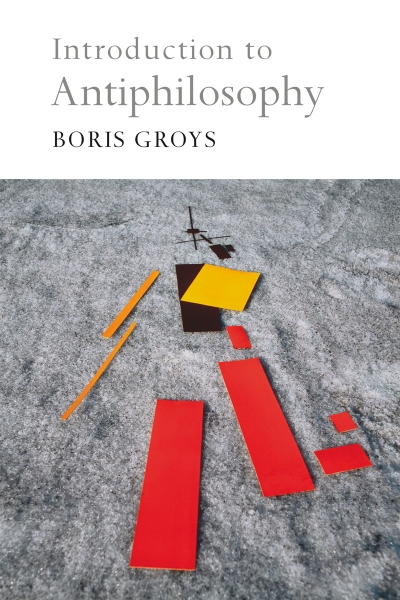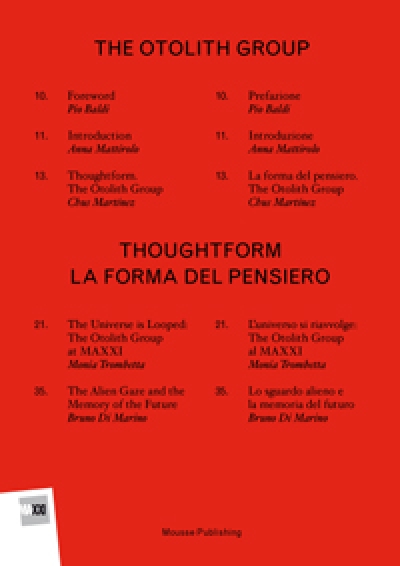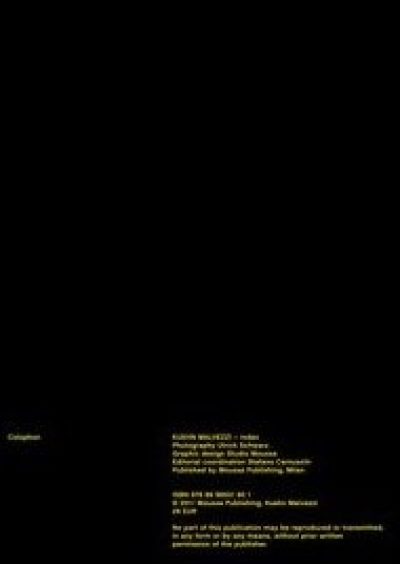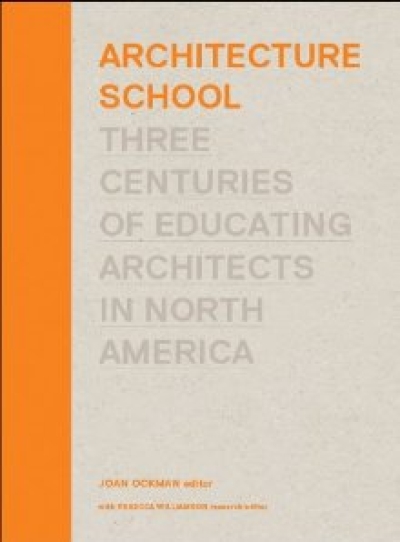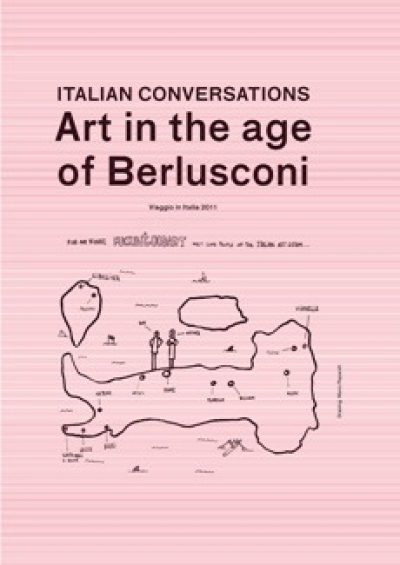
The Concrete Dragon. China's Urban Revolution and What It Means for the World
In the early 1980s, China launched the greatest building boom in human history, beginning a period of wholesale construction and destruction unlike anything the world has ever seen. There were fewer than two hundred cities in China in the late 1970s; today there are nearly seven hundred. While the United States has nine cities with more than a million residents, China now has 102 such cities. And in a single decade more Chinese families have been displaced by redevelopment than by thirty years of urban renewal in the United States. The scale of this urban revolution is breathtaking: China is now home to the largest malls on earth, the biggest airport, many of the planets tallest buildings and longest bridges, the biggest gated community, the largest bowling alley, and even the world’s largest skateboard park. China’s rich urban architectural legacy is being sacrificed to make way for icons of progress and modernity.
The Concrete Dragon examines the forces behind this urban revolution. It traces both the historical precedents and the increasingly globalized information, ideas, and trends that have combined to create a new Chinese landscape. Chinas nouveau riche build replicas of the White House and Mount Rushmore; Jeeps and BMWs replace the bicycle (now banned in Beijing) as the standard means of transportation; and KFC, Wal-Mart, and IKEA box stores spring up nationwide. Of course, this tide of new urbanism does not come without costs. Sixteen of the twenty most polluted cities in the world are in China. Water pollution has become a serious source of health problems across the country and air pollution causes up to 750,000 premature deaths each year. China’s roaring economy is stoked by the labor of millions of men and women from rural provinces who flock to the booming coastal cities in search of work creating a separate universe of China's working class. The Concrete Dragon provides both a timely and critical overview of China’s present as well as a comparison to previous periods of rapid urbanization elsewhere in the world especially that of the U.S., a nation that once itself set global records for the speed and scale of its urban ambitions.
